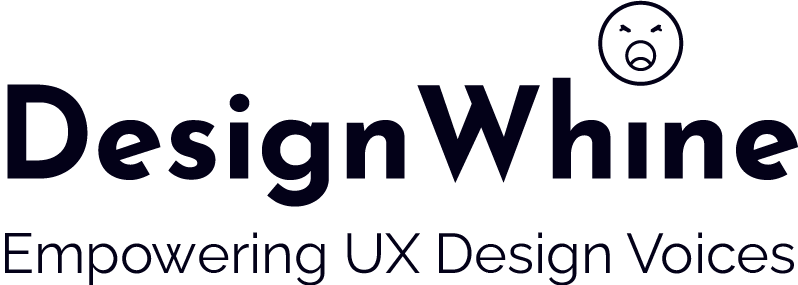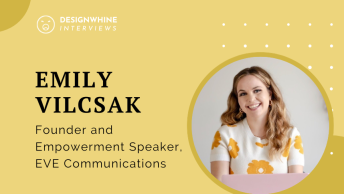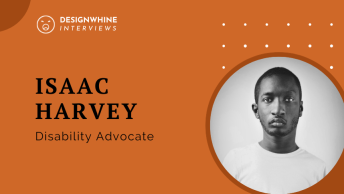Oluwadamilola Soyombo has seven years experience working in the technology environment and three years of experience creating user-friendly digital-focused products as a UI/UX Designer and Design Educator with a Bachelor’s of Science in Computer Science from the University of Agriculture, Abeokuta in Nigeria. She is a successful product designer with experience working in that capacity across several industries in 3 continents.
How would you summarize the state of UX Design in Africa in 2021?
In the past, most African companies have had little or no interest UX design however looking at the state of UX Design of Africa in 2021 companies in Africa are becoming increasingly aware of the need for user experience design in the development of products and services. Companies are beginning to have an understanding of the users’ needs is needed for building a successful product or service.
Africa boasts some of the world’s fastest rising economies, yet it hardly has any organisations designing exceptional UX. Your thoughts?
I would totally disagree, for African users to make better use of their mobile phones and laptops, companies providing new digital products and services need to have a much better understanding of what their users want and can do using these devices.
Africa has certainly not been left behind by the expanding inescapability of UX in digital design. One good example is Flutterwave which has a whole team dedicated to User Experience and follows UX best practices to create fintech products that users love which is one of the reasons they are a unicorn. Another notable company is Softcom who invests greatly in top UX experts on their team when creating products.
Even though there are some companies that might not invest in a UX team, they still ensure that user research is carried out.
What is the most significant challenge that African professionals considering a career change in UX Design face?
UX Design in Africa has its own set of challenges including language and literacy levels; how well users understand their device’s capabilities; data use behaviors; and bandwidth reliability. People’s engagement with technology varies greatly. There are inequalities in tech savviness across different income brackets.
The lack of infrastructure across the continent adds to the inherent challenges that come with conducting user research
The worldwide pandemic and public lockdowns have carried an unexpected change to the manner in which we connect with the world, both advanced and genuine. It has affected the present status of UX, helping company’s understand its importance more.
UX Design in Africa is still very immature with not many learning foundations showing it as a committed discipline. Meaning we still don’t have any undergraduate course/program specializing in this field.
Even as more people learn about user research, getting stakeholder buy-in is still a challenge for all UXers, be it researchers or designers. Most stakeholders would rather you show them something tangible like a design or a wireframe than research insights. or user flows.
While researchers are doing their best to overcome this by advocating for research within the organizations.
Personally, how did you conquer this challenge?
Thanks to Hng Internship I was giving the opportunity to learn about UX design and build a career from it, we also have other internships and fellowship programs like Zuri internship, Kimoyo fellowship, Treford group, Ingressive4good and Creative Ferry academy we have thousands of people building careers as UX professionals.
For companies which I have had the opportunity to work in, I have been able to advocate the need for the UX aspects of design when building any product, and also for the 5,000+ individuals I have had the opportunity to teach or mentor in UX design they also preach the same thing in any company they work with.








